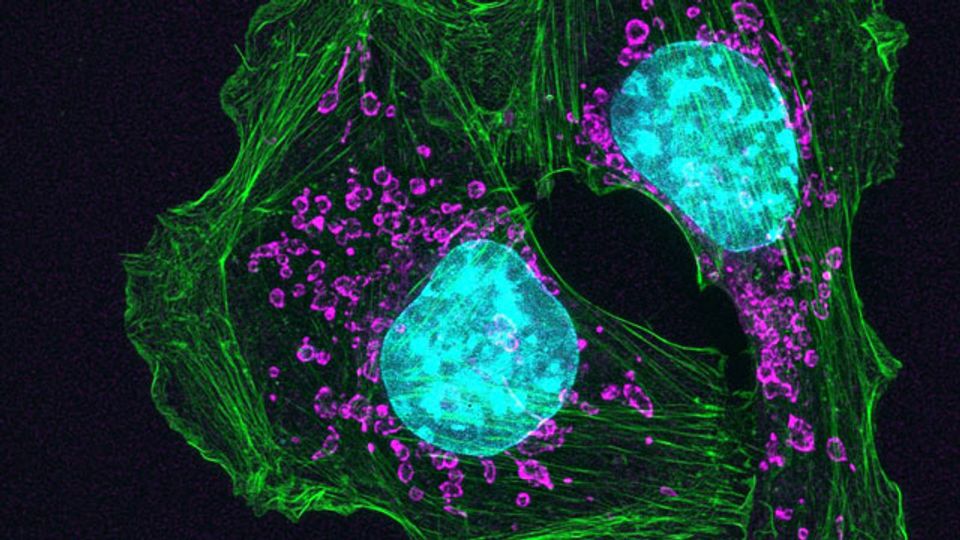Study Identifies Unique Drivers of Difficult-To-Treat Melanoma Subtype

Complete the form below to unlock access to ALL audio articles.
A new study reveals important molecular information that could help scientists develop more effective treatment and prevention strategies for a difficult-to-treat form of melanoma skin cancer.
In this new report, Christin Burd who serves an associate professor of molecular genetics in The Ohio State University College of Arts and Sciences, Department of Molecular Genetics and a member of the OSUCCC – James Molecular Carcinogenesis and Chemoprevention Program.
“NRAS-mutant cancers are challenging to treat because effective therapies beyond immunotherapy don’t exist yet,” said Burd. “Each cancer type seems to prefer a specific ‘flavor’ of mutant NRAS, and it has not been clear why this is.”
The OSUCCC – James wanted to know what made the melanoma-promoting NRAS mutants different than those that promote other cancer types. Scientists say this knowledge could help investigators pinpoint the early events required for melanoma formation and develop treatments that prevent the disease.
Burd and colleagues report their findings in the June 7, 2022, issue of Nature Communications.
Study design and methods
To conduct this study, OSUCCC – James researchers developed genetically engineered models that would allow them to activate one of nine different NRAS-mutant variations in melanocytes, the pigment cells that form melanoma.
“Amazingly, when we activated these gene mutations only those found in the human disease caused melanoma to develop,” said Burd. “Some mutants never led to melanoma, yet we know that they cause leukemia. This finding shows that selection of NRAS mutations is specific to each tumor type and occurs during cancer initiation, rather than in response to a specific mutagenic event like sunexposure.”
Collaborating with Sharon Campbell, a structural biologist at the University of North Carolina (UNC) Chapel Hill, and Debbie Morrison at the National Institutes of Health, Burd’s team identified that slight variances in the outward facing structure of NRAS mutants capable of initiating melanoma that made these proteins better able to interact with the signaling pathways that drive melanoma growth.
“Now we will work to target this unique structural feature of the melanoma-inducing NRAS mutants to prevent and/or treat the disease,” said Burd. “Our work also demonstrates and confirms what was – until now – only speculation: that minor differences between the RAS mutants determine which ‘flavors’ can cause a particular cancer. Such a concept could be used to find vulnerabilities in other RAS-driven tumor types.”
To facilitate similar discoveries, the team generated eight new and publicly available genetically engineered mouse models that will serve as an essential toolkit for the entire RAS community. Burd says these models can be used to activate and study the role of NRAS is other relevant cancer types such as colon cancer, leukemia, myeloma, and thyroid cancer. They can also be used to investigate new drugs for these diseases.
Reference: Murphy BM, Terrell EM, Chirasani VR, et al. Enhanced BRAF engagement by NRAS mutants capable of promoting melanoma initiation. Nat Commun. 2022;13(1):3153. doi: 10.1038/s41467-022-30881-9
This article has been republished from the following materials. Note: material may have been edited for length and content. For further information, please contact the cited source.

